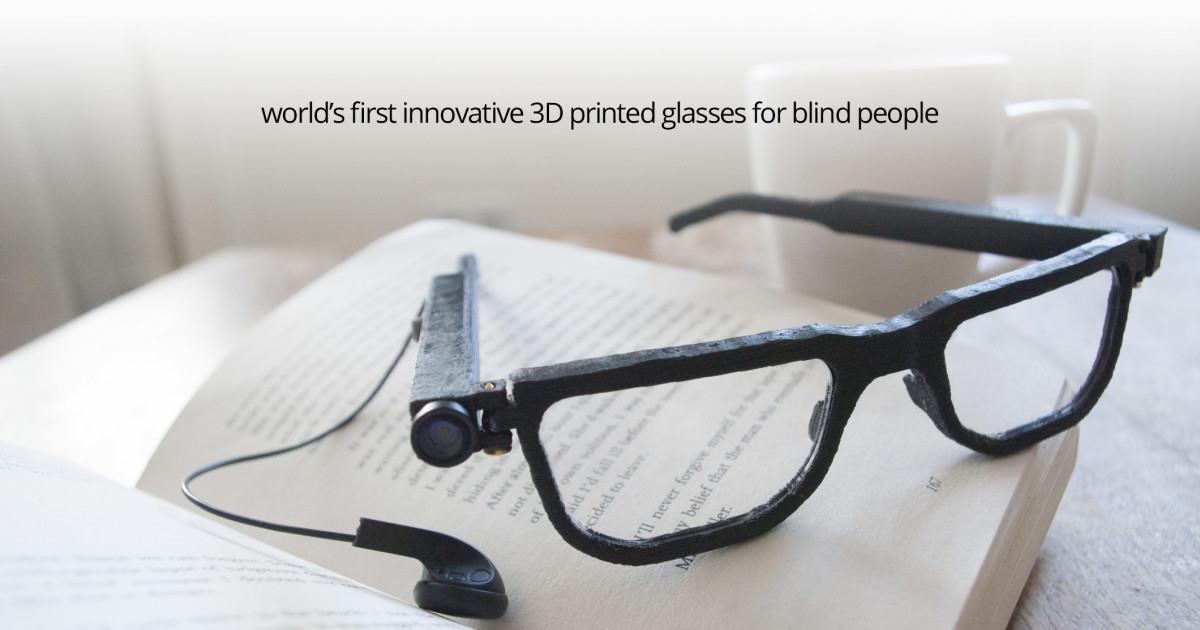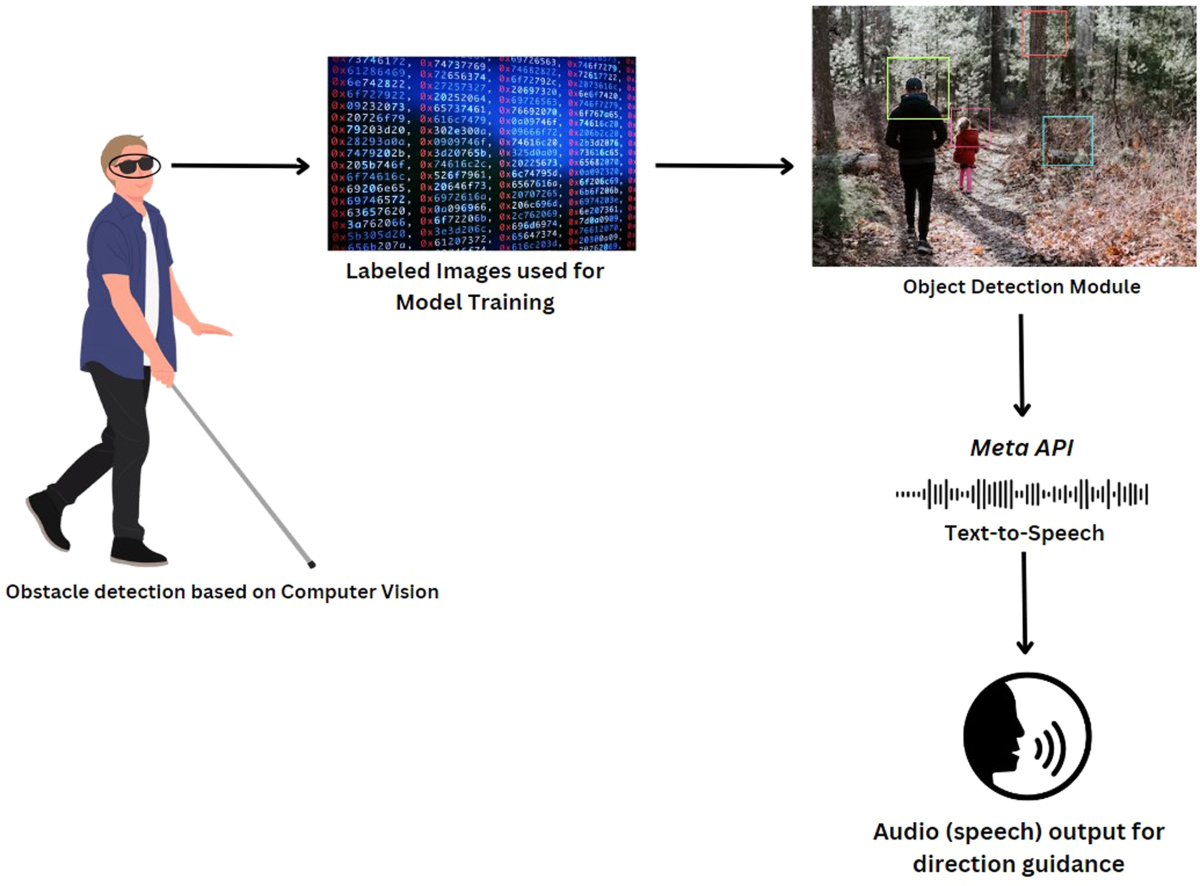Maximizing Efficiency with Screen Readers for the Blind: A Comprehensive Guide
Maximizing Efficiency with Screen Readers for the Blind: A Comprehensive Guide
Blog Article
Ingenious Solutions in Assistive Innovation for Visual Disability
The landscape of assistive modern technology for aesthetic impairment is evolving quickly, providing an array of cutting-edge services that boost accessibility and freedom. From innovative smartphone applications that facilitate navigating to wearable gadgets made for real-time support, these devices are reshaping the experiences of those with visual impairments.
Developments in Smart Device Applications
In the last few years, improvements in mobile phone applications have substantially transformed the landscape of assistive technology for people with visual impairments. These applications leverage the powerful sensing units and capacities of modern-day mobile phones to provide individuals with devices that improve freedom and ease of access in their every day lives.
Noteworthy amongst these technologies are applications created for item acknowledgment, which utilize the mobile phone's video camera to determine items and provide spoken descriptions. Such features encourage individuals to navigate their settings extra properly, whether identifying products in stores or locating individual possessions in the house. In addition, text-to-speech applications have enhanced drastically, making it possible for individuals to capture printed message through their tool's cam and get instant audio comments, thereby helping with analysis and understanding.
Community-driven applications have cultivated social communication and resource sharing amongst individuals with visual impairments, developing an encouraging network that enhances their top quality of life. Overall, mobile phone applications have ended up being vital allies in advertising autonomy and ease of access for individuals with visual disabilities.
Wearable Gadgets for Navigation
Wearable gadgets for navigation have become a groundbreaking remedy for people with visual disabilities, using hands-free support that improves flexibility and orientation. These tools commonly use sophisticated modern technologies, including GPS, ultrasonic sensors, and expert system, to provide real-time comments and instructions to individuals as they browse their atmosphere.
One noteworthy instance of wearable navigating innovation is smart glasses, which can detect barriers and relay auditory or haptic responses to the wearer, permitting secure and effective movement in numerous setups. Various other gadgets, such as vests and belts outfitted with sensors, can likewise inform customers of their environments by providing signals about neighboring objects or adjustments in terrain.
In addition, lots of wearable tools integrate with mobile phone applications, enabling customers to personalize their navigating preferences and get tailored path suggestions. This customization can considerably enhance the customer experience, empowering people to take a trip with better self-confidence and self-reliance.
As modern technology remains to create, the potential for wearable navigation devices to enhance the lifestyle for people with visual disabilities continues to be substantial, paving the method for even more accessible and inclusive environments.
Smart Home Modern Technology Integration

Furthermore, wise home appliances equipped with responsive interfaces or auditory feedback supply intuitive communications that provide especially to the demands of those with aesthetic disabilities. Smart refrigerators can introduce their components and expiration days, while wise ovens can guide customers with the cooking process with audio instructions.
Home automation systems, such as clever buzzers and safety and security cameras, use satisfaction by enabling users to receive informs and accessibility live feeds using their mobile tools, improving personal security (AI-powered visual aids). Additionally, assimilation with tablets and smart devices ensures that customers can handle their home setting from anywhere within their properties
As wise home innovation continues to evolve, it holds the possible to change the living experiences of people with aesthetic disabilities, cultivating freedom and enhancing top quality of life in a significantly connected world.

Educational Equipment and Resources
Accessibility to effective instructional devices and sources is crucial for people with visual impairments, as it equips them to engage fully in their discovering experiences. Various assistive modern technologies have been established to boost accessibility and foster independent discovering. Display readers, for example, convert message right into speech, permitting trainees to access digital content effortlessly. AI-powered visual aids. Additionally, refreshable braille displays offer tactile comments, making it simpler for students to engage with composed product.
Moreover, instructional software program specifically made for visually damaged individuals uses attributes such as high-contrast modes and adjustable message sizes. These devices fit varied learning styles and make moved here certain that trainees can customize their educational experience to their demands.
Additionally, access to digital collections and audio publications expands the range of readily available understanding materials, allowing trainees to explore subjects comprehensive without the limitations imposed by typical print sources. Collective platforms that incorporate accessibility attributes also assist in group projects, making sure that visually damaged trainees can contribute meaningfully along with their peers.
Area Assistance and Engagement
A robust network of neighborhood support and involvement is vital for people with visual impairments, cultivating a comprehensive environment where they can thrive. Area organizations, regional campaigning for teams, and volunteers play an essential function in offering resources, details, and friendship, which are important for boosting the lifestyle for those affected by visual problems.
Engagement activities such as workshops, social events, more helpful hints and assistance teams not just assist in ability development yet also promote social interaction, minimizing sensations of seclusion. These initiatives encourage people to share experiences, challenges, and successes, thus reinforcing area bonds. In addition, partnerships with neighborhood companies can lead to higher accessibility in public areas, better incorporating people with aesthetic impairments right into the community.
Innovation likewise improves neighborhood interaction through on-line systems that offer digital support system and resources, allowing people to link regardless of geographical obstacles. By utilizing both in-person and electronic solutions, neighborhoods can create a thorough assistance network. Ultimately, fostering partnership among various stakeholders-- consisting of family members, educators, and health care specialists-- why not try these out ensures that individuals with visual impairments receive the alternative assistance necessary to browse life efficiently and with dignity.
Final Thought
Innovative options in assistive innovation for aesthetic impairment dramatically enhance the lifestyle for individuals facing these obstacles. The integration of smart device applications, wearable devices, clever home innovation, and instructional devices cultivates greater freedom and availability. Community assistance and interaction further equip visually damaged individuals, advertising inclusivity and participation in different aspects of life. Collectively, these innovations not only transform daily experiences but additionally lead the way for a more equitable culture.
The landscape of assistive innovation for aesthetic disability is developing quickly, presenting an array of cutting-edge services that boost accessibility and self-reliance. Community-driven applications have actually cultivated social communication and source sharing among people with visual problems, developing a helpful network that boosts their quality of life. In general, smartphone applications have ended up being important allies in advertising autonomy and access for individuals with visual disabilities.
Lots of individuals with visual impairments are locating greater autonomy via the assimilation of wise home technology.Ingenious services in assistive innovation for aesthetic disability significantly improve the quality of life for people dealing with these challenges.
Report this page